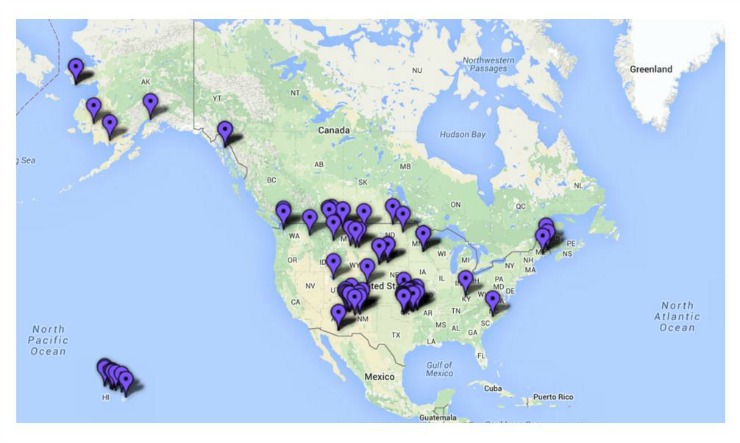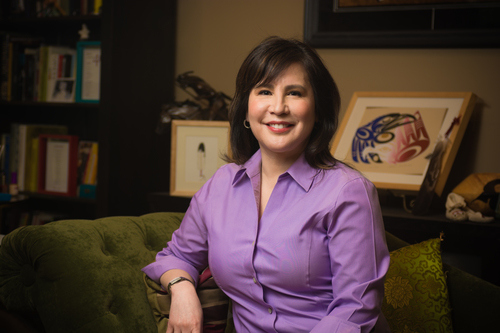Podcast: Play in new window | Download | Embed
How do you lead in a time of chaos? This is Trahant Reports.
The most recent Republican presidential debate was like looking at a traffic accident. You drive by not wanting to peek, but then you do, and it’s awful, so you think, “why did I do that?”
About the closest thing to reality was when Jeb Bush pointed out that Donald Trump is a chaos candidate who would be a chaos president. True. But that idea fits Ted Cruz, Ben Carson, and perhaps others on the stage. And worse, the idea of willful chaos fits the majority of Republican voters right now. It’s these voter groups that are demanding destruction in Washington, D.C.
But in Washington, there are Republicans who are actually trying to govern. That means make choices, reach compromise, and make government work.
The new Speaker of the House Paul Ryan, a Republican from Wisconsin, announced an end of the year deal with Democrats on a spending bill to fund the government for next year.
The Consolidated Appropriations Act of 2016 is a 2,000-plus page bill that wraps up spending across the government, including funding for the Indian Health Service and the Bureau of Indian Affairs including contract support costs.
The bill means no more fights over Planned Parenthood, the Environmental Protection Administration, zeroing out the Affordable Care Act, or a shut down of government.
Neither Democrats nor Republicans won every position.
Most Democrats aren’t keen on a provision that ends a ban on the export of U.S. oil (although that provision has been championed by North Dakota Democrat Sen. Heidi Heitkamp working with Alaska Republican Lisa Murkowski.)
Many Democrats want t to radically restructure energy programs, focusing much more on renewable energy that has less impact on global warming. But such a plan would never pass Congress.
So there was horse trading.
Democrats let the Republicans lift the ban on selling U.S. oil and Republicans extended tax credits on wind and solar energy. There was also no budget gimmicks to undo the progress made with the UN deal reached in Paris.
Compromise.
Republicans did have to give up a lot (partly because so many of their members would vote no on any budget). Republicans were unsuccessful in getting tighter restrictions on refugees, but they did win a few points.
One especially disappointing provision in the bill is a continued ban on funding for the Centers for Disease Control and Prevention to research gun violence. It’s one thing to be against gun control, but to not even study the problem? C’mon.
The basic problem for Speaker Ryan is that the only way this budget passes Congress is with Democratic votes.
Too many Republicans will vote no on any budget that is not ideologically pure.
But unlike the presidential candidates, it sure looks like this Congress under Speaker Ryan is ready to govern.
That’s far better than the chaos coming from Republican presidential candidates.
I am Mark Trahant reporting.

















